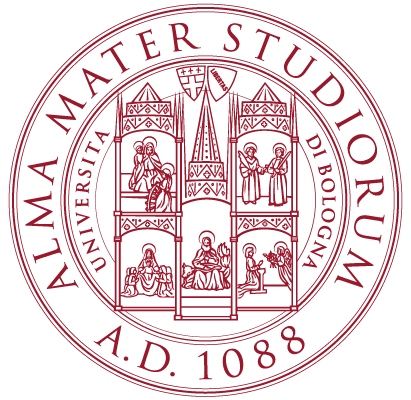Our group is leader of the work package “Modelling catalysts and reactors” for the project STructured unconventional reactors for CO2-free Methane catalytic cracking (STORMING), granted by the European Community (Call: HORIZON-CL5-2021-D2-01 Cross-sectoral solutions for the climate transition).
The project involves the following 10 partners from academic and research institutions, SME, and no profit organisations from different European countries. 
- Alma Mater Studiorum – Università di Bologna (Italy)
- Universidad de Zaragoza (Spain)
- Danmarks Tekniske Universitet (Denmark)
Agencia Estatal Consejo Superior de Investigaciones Cientificas (Spain)
Universidad de Sevilla (Spain)
Vlammse Instelling VOOR Technologisch Onderzoek N.V. (Netherlands)
Energy Efficiency in Industrial Processes ASBL (Belgium)
Hygear BV (Netherlands)
Cleancarb Sarl (Luxembourg)
Finden LTD (UK)
The main objective of STORMING is to develop breakthrough structured catalytic reactors powered by renewable electricity to produce H2 from natural gas, biogas. The process will be CO2 free, as the released carbon from methane dissociation will form high-quality carbon nanotubes (CNTs) usable in lithium batteries.
The work package “Modelling catalysts and reactors” will develop a multiscale modelling approach to rationally guide the development of catalysts and catalytic technologies from TRL3 to TRL5. In particular, this WP aims to:
Identify the optimal catalytic system by means of a HT screening of the effects of the catalytic-nanoparticle composition, size and support.
Provide an atomistic description of the CH4 decomposition and first stages of CNTs growth by multiscale simulations (MD, based on ab initio and ML generated force fields, and kinetic Monte Carlo -KMC).
Predict the kinetics of CNTs growth by analytical models based on empirical and ab initio derived parameters.
Develop a comprehensive CFD strategy for the fully predictive simulation of the catalytic reaction in fixed and fluidized reactors, supporting the test and design of 3D printed catalysts and internals at TRL3-4. Provide guidelines for scale-up.
Define the layout of prototype fixed and fluidized bed reactors by assessing heat and mass balances.
The activity of our group will focus on the first two goals involving the atomistic simulation of methane dissociation and CNT growth on the catalytic nanoparticle (see picture).
